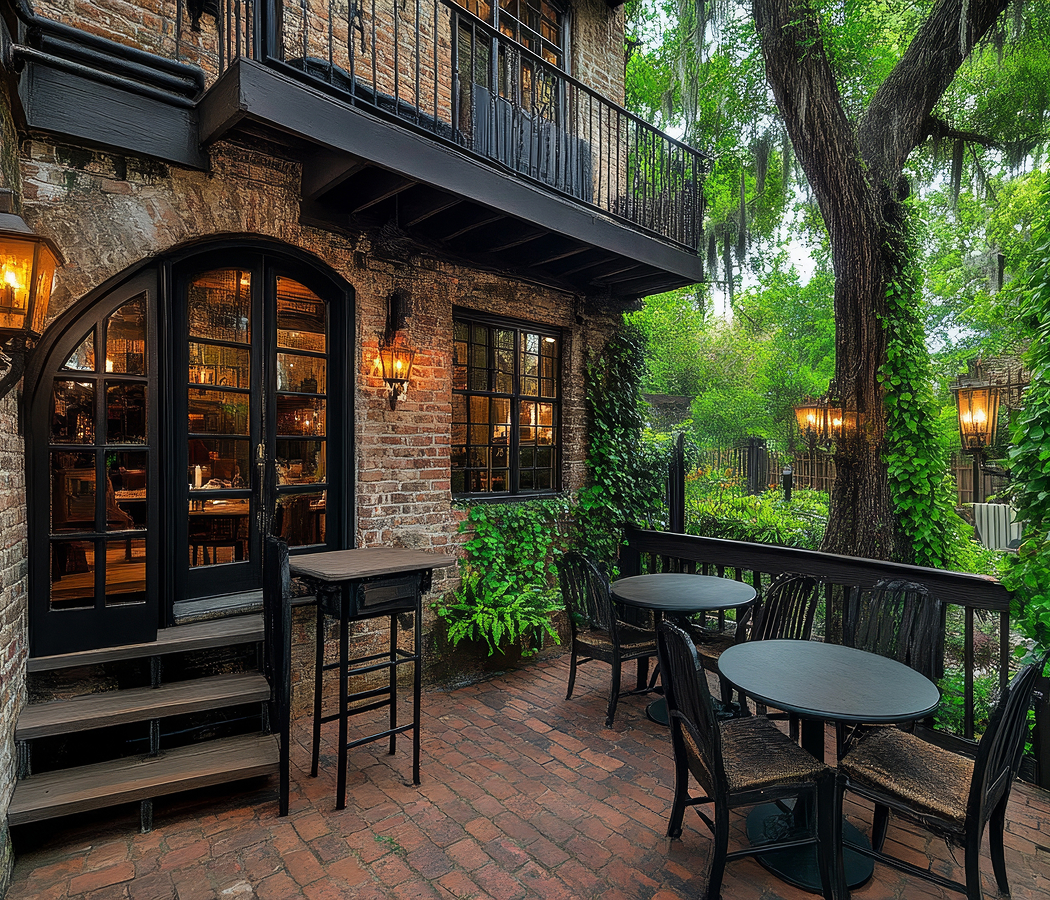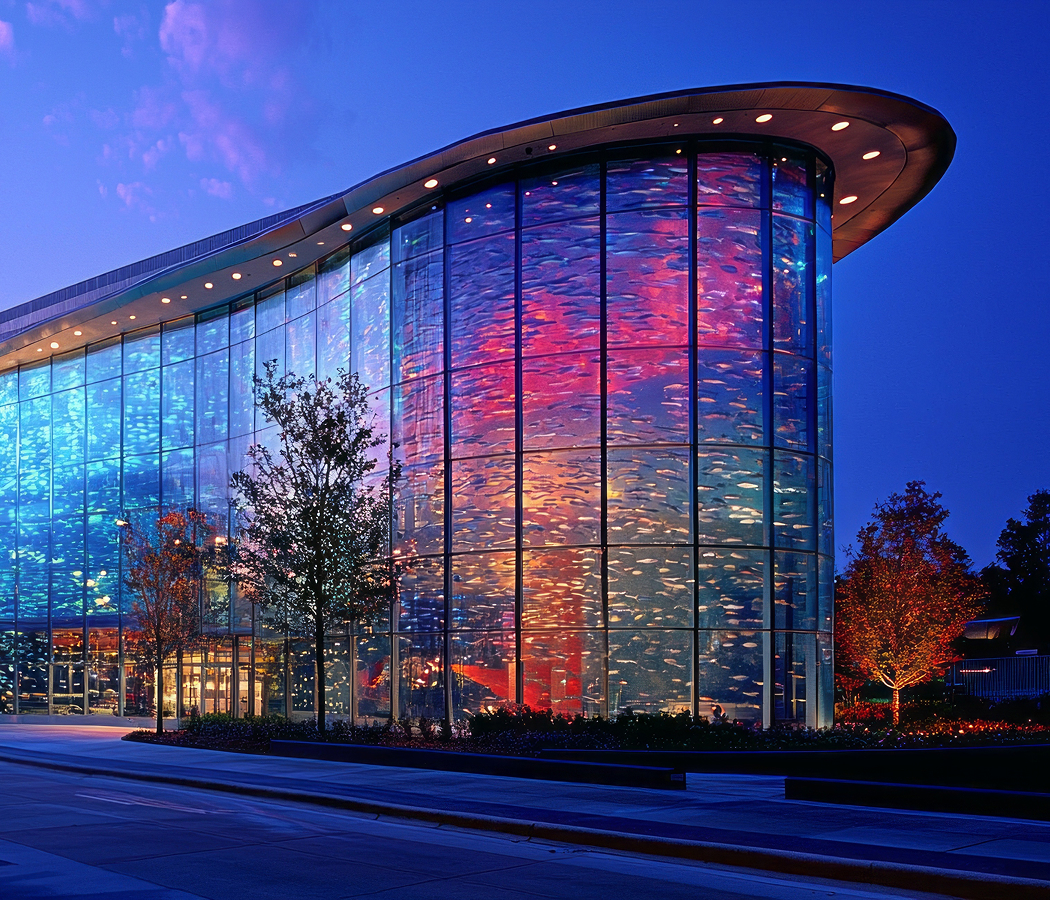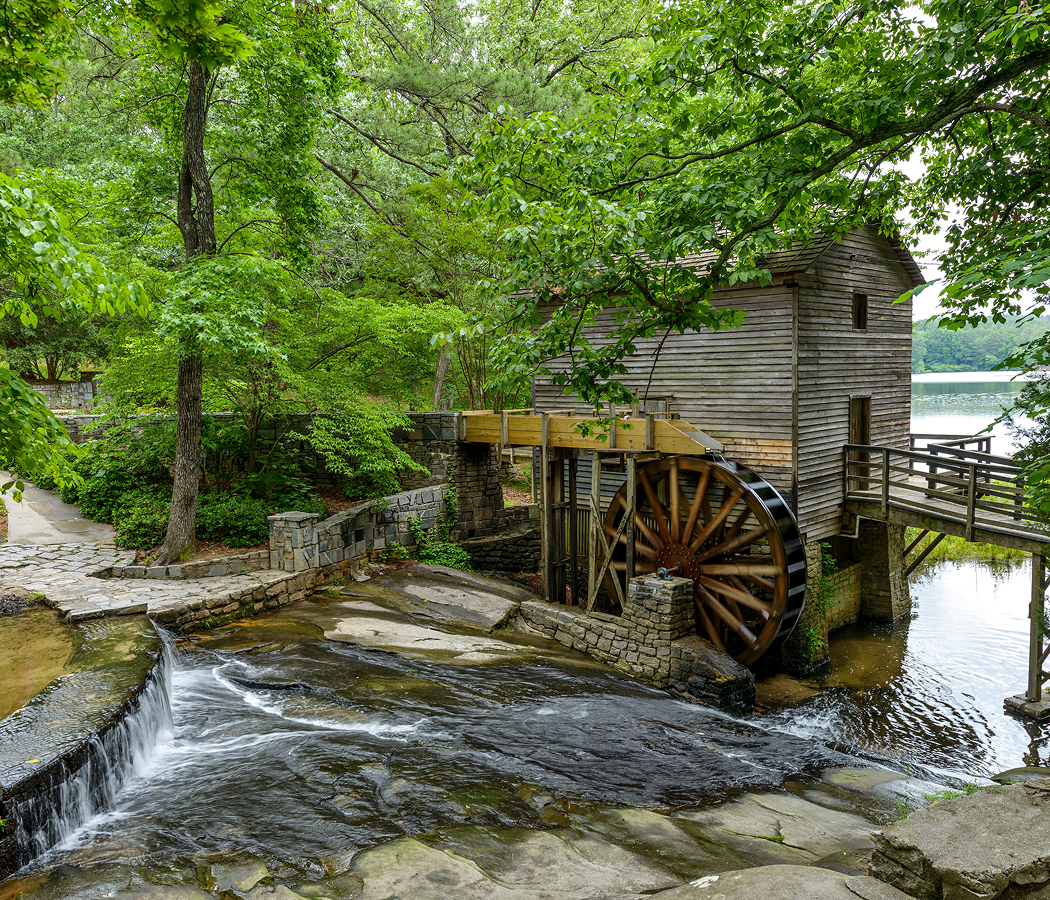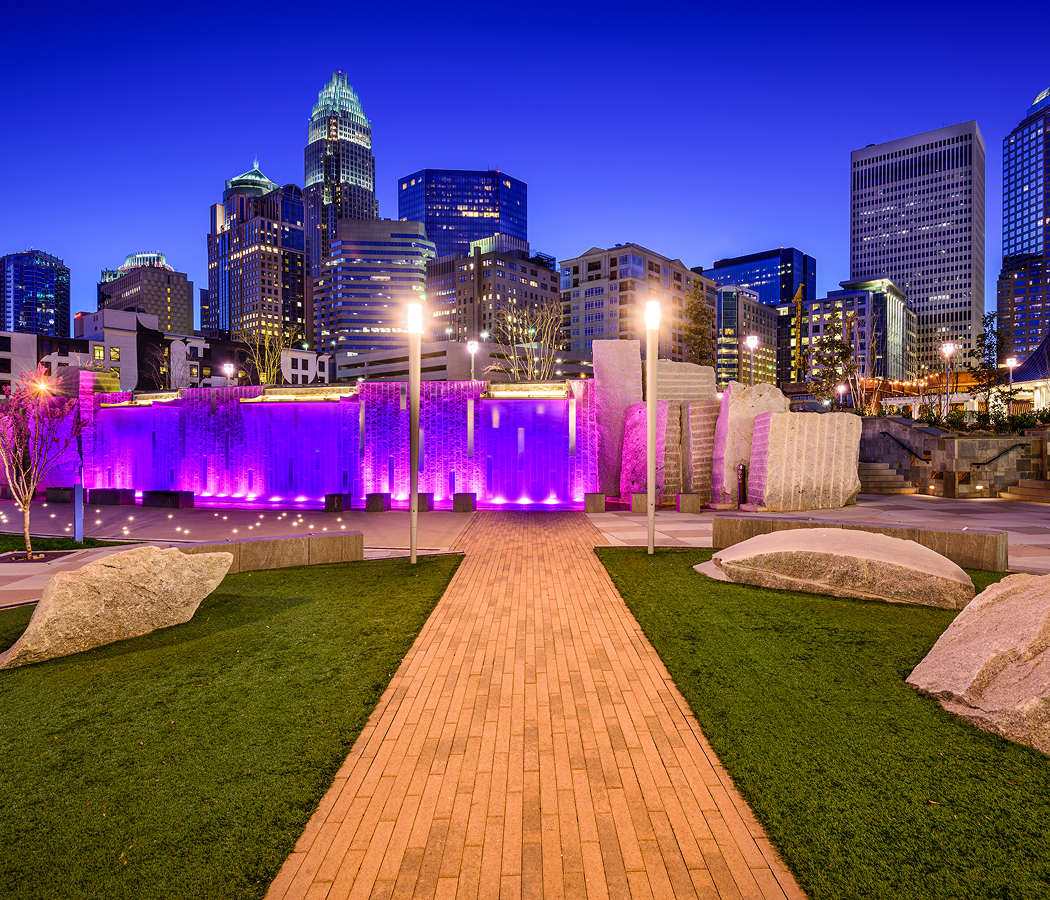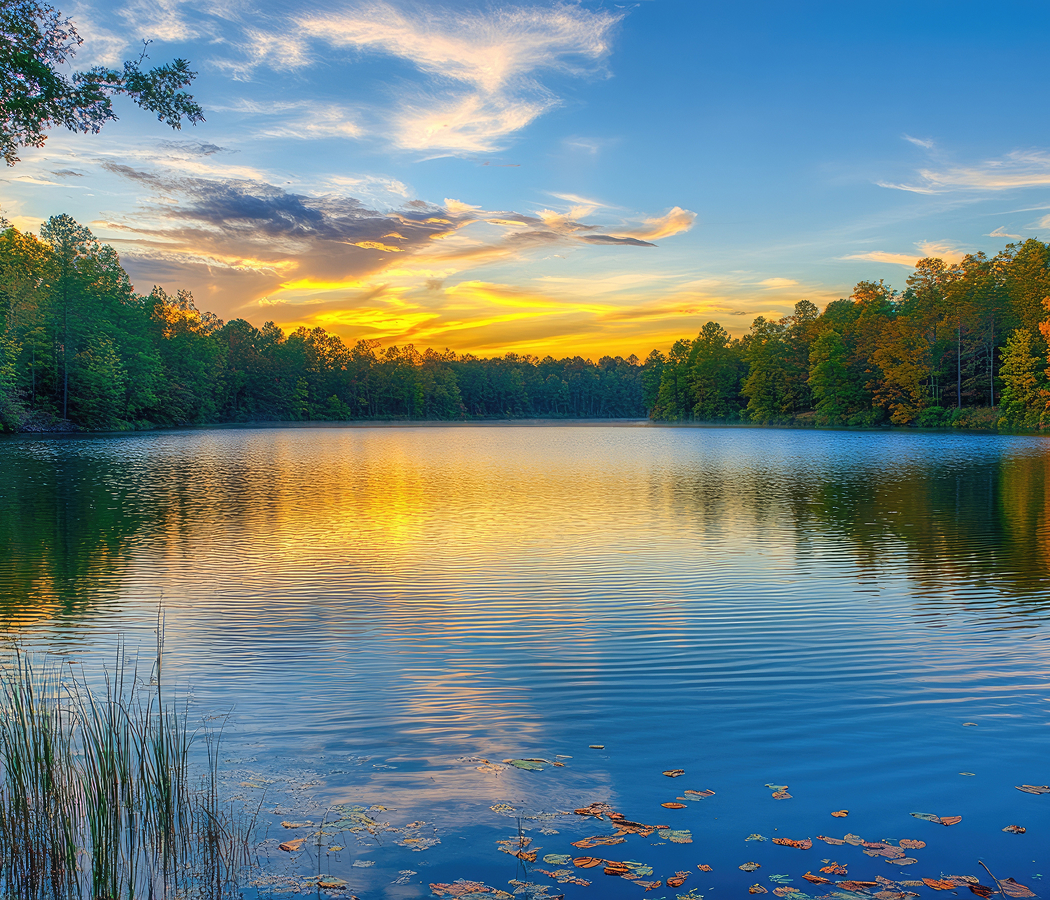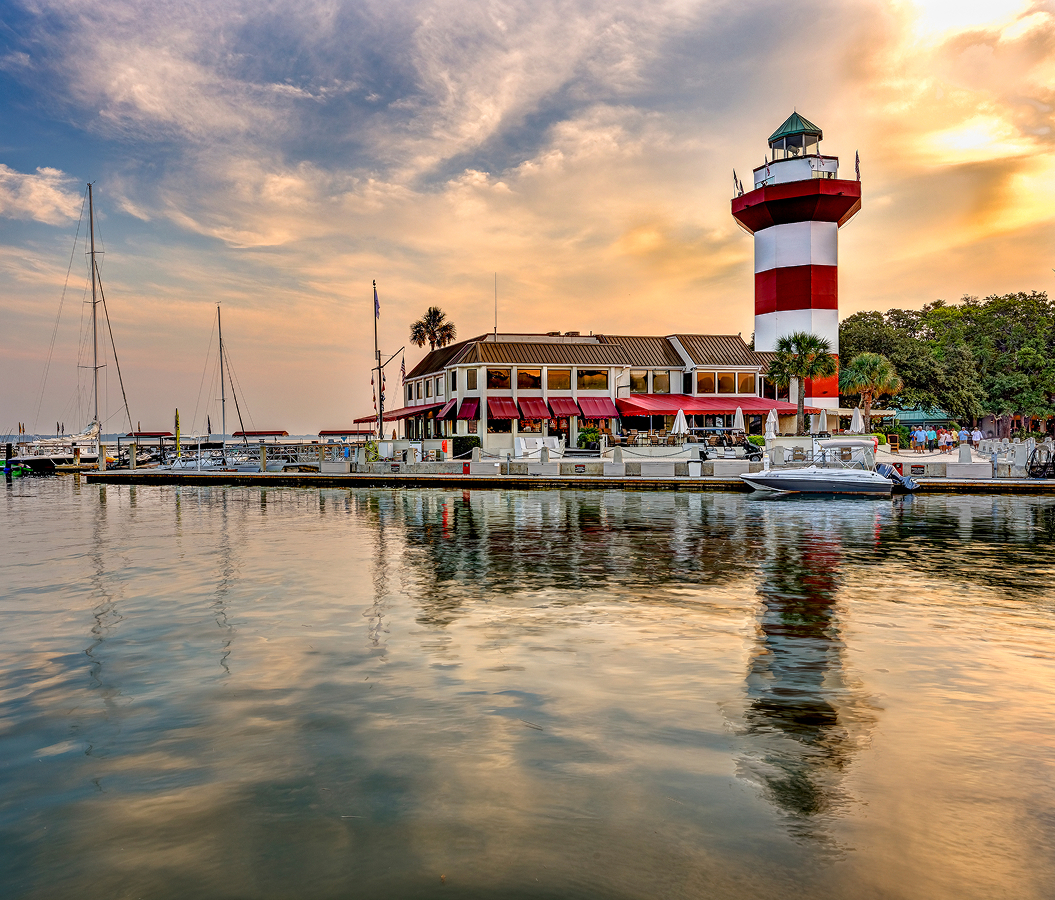
Why you should experience Middleton Place in Charleston.
Middleton Place in Charleston is where Southern history, natural beauty, and human complexity intertwine, a plantation-turned-museum that offers both breathtaking elegance and solemn reflection.
Set along the Ashley River, this National Historic Landmark is home to America’s oldest landscaped gardens, unfolding across terraces, reflecting pools, and avenues of sculpted greenery. Built in the 18th century by Henry Middleton, a president of the First Continental Congress, the estate once symbolized the height of colonial wealth and craftsmanship. Today, Middleton Place stands as a living archive, a place that doesn’t shy away from its complicated past but embraces it with honesty. The gardens, designed in the classical European style of symmetry and proportion, remain immaculate: azaleas burst in color each spring, camellias perfume the air, and centuries-old oaks draped in Spanish moss cast graceful shadows across the reflecting pond. The house museum, rebuilt after its destruction during the Civil War, preserves the artistry of Charleston’s antebellum architecture with original family furniture, portraits, and silverwork. But the estate’s true beauty lies in its balance, its willingness to preserve grandeur while acknowledging the lives of the enslaved people who made that beauty possible. Walking through Middleton Place is to walk through America’s dual inheritance: refinement and reckoning, splendor and sorrow.
What you didn’t know about Middleton Place.
Behind the serenity of Middleton Place lies a story that mirrors the birth and evolution of the United States itself.
The estate was founded in the 1740s, when Henry Middleton began designing his gardens to rival those of Europe’s aristocracy. His son, Arthur Middleton, became one of South Carolina’s signers of the Declaration of Independence, and the family’s legacy was woven into the very fabric of early American politics and economy. Yet this splendor came at a human cost. Hundreds of enslaved Africans and their descendants worked the rice plantations that funded Middleton’s opulence, shaping both the land and the Lowcountry’s culture through their labor, skill, and resilience. The estate’s interpretation today honors these individuals by name, an act of remembrance that adds weight and depth to its beauty. Visitors can explore the Stableyards, where costumed interpreters demonstrate traditional crafts such as blacksmithing and carpentry, offering a glimpse into daily life in the 18th and 19th centuries. Few realize that Middleton Place was ravaged by both war and nature, the main house burned during the Civil War and was later struck by the 1886 Charleston earthquake, leaving only the south flanker standing. That surviving structure now houses the museum, blending preservation and renewal much like the grounds themselves. Even the gardens, though designed with European influence, evolved under the care of African gardeners and freed workers after emancipation, a quiet testament to endurance through generations. Middleton Place is not a monument to nostalgia; it’s a meditation on transformation, a space that invites reverence rather than romanticism.
How to fold Middleton Place into your trip.
To experience Middleton Place is to experience Charleston’s soul, not as a postcard, but as a living narrative of grace and accountability.
Begin your visit with the gardens, ideally in the early morning when the mist rises from the Ashley River and light glints off the reflecting pool. The Garden Club of America has called these gardens “the most important and most interesting in America,” and with reason, each turn reveals a new axis of symmetry, from butterfly-shaped ponds to marble statuary framed by magnolia trees. Continue to the House Museum for a guided tour through three centuries of Middleton family history. The artifacts tell not only of privilege but of fragility, fine silver set beside scorched brick remnants from the Civil War. Then, spend time in the Eliza’s House exhibit, a humble building that now tells the stories of the enslaved and freed families who lived and worked here, with firsthand accounts and genealogical records offering rare personal insight. The Stableyards bring the past to life through demonstrations and heritage breeds of animals, evoking the rhythm of plantation work before industrialization. After exploring, stop by the Middleton Place Restaurant for Lowcountry cuisine made with local ingredients, shrimp and grits, she-crab soup, or collard greens that echo centuries of Southern tradition. Before leaving, linger by the Ashley River overlook, where the breeze carries both beauty and memory. Middleton Place isn’t simply a place to admire, it’s one to listen to. Its grounds hold conversations between past and present, urging visitors to see not just what was built, but what was endured.
Hear it from the Foresyte community.
This is where your camera roll turns into art school portfolio. Every angle looks like it belongs in a museum and there’s me just standing there eating trail mix and squinting into the sun.
Where meaningful travel begins.
Start your journey with Foresyte, where the planning is part of the magic.
Discover the experiences that matter most.




